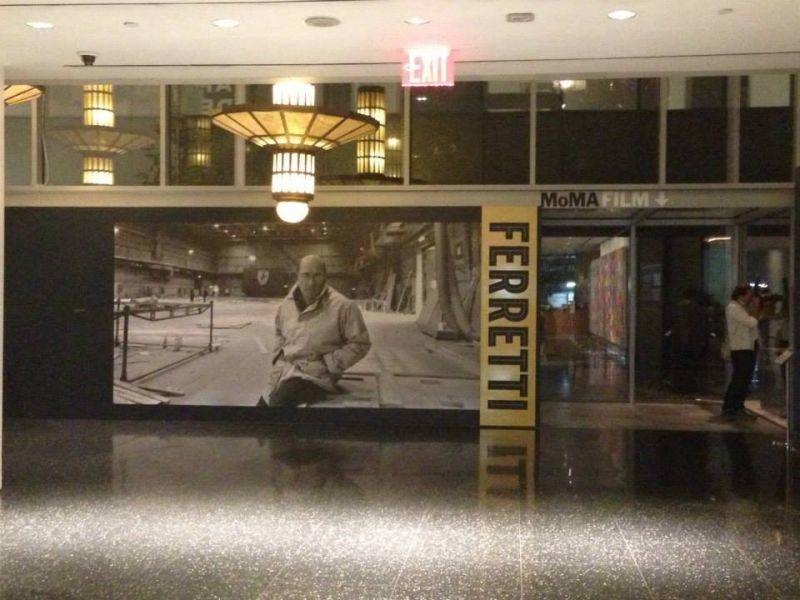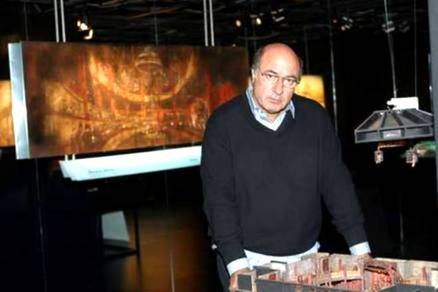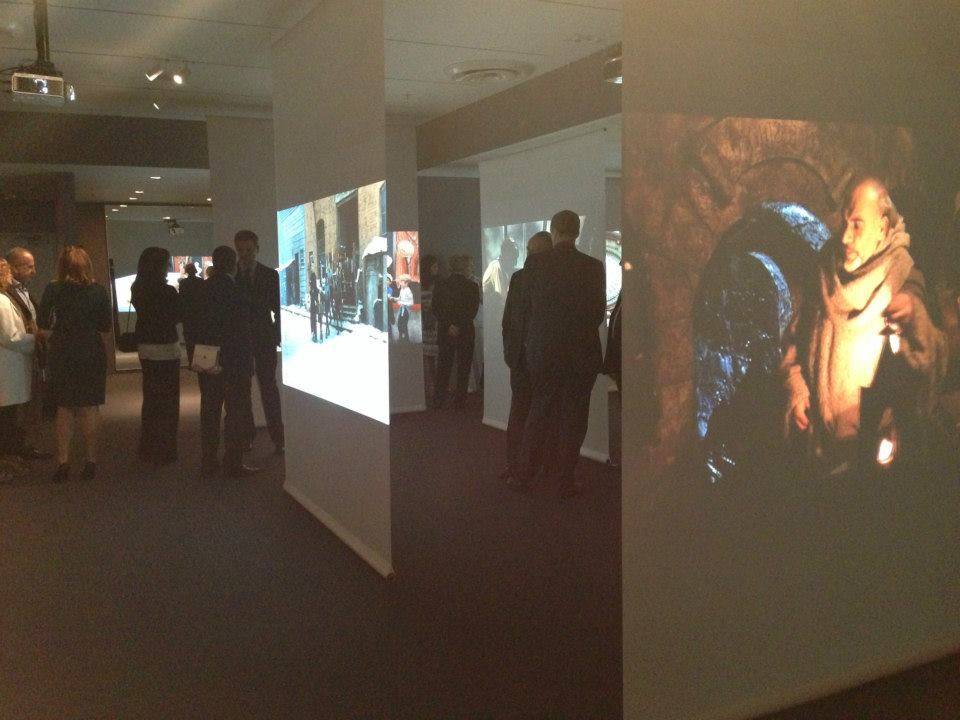Dante Ferretti: Design and Construction for the Cinema
There are some exhibitions that have no reason whatsoever to be missed: Dante Ferretti: Design and Construction for the Cinema, on view from September 28, 2013, through February 9, 2014 at MoMA is one of them.
This is the first time the Museum of Modern Art dedicates such a grand show to a set designer, an Italian one nevertheless. “I'm very happy to be here,” Dante Ferretti told i-Italy, “mostly because it was unexpected. I came to visit MoMA several times, to see different shows and never did I expect they would show my work while I am still alive,” he joked. “I was helped a lot by Antonio Monda and Marina Sagona, they were my curators who then introduced me to MoMA's curators Ron Magliozzi, Associate Curator, and Jytte Jensen, Curator, Department of Film, The Museum of Modern Art. It took about 5 to 6 years to get to where we are today. Usually a show lasts from 5 to 6 months, so there are other artists and their work in front of you and you have to wait around... but anyways here I am.”
And “here” is a dark room divided into a maze of moving images, mute films projected on paper-thin screens... films by celebrated directors such as Federico Fellini, Franco Zefferelli, Ettore Scola, Dino Risi, Marco Bellocchio Tim Burton, Brian DePalma, Terry Gilliam, Julie Taymor and Martin Scorsese.
“The idea was mine,” Ferretti announced, “In Rome, back in 2010, I curated, together with my wife Francesca Lo Schiavo, a show on Fellini called Labirinto Fellini @ the fifth Rome International Film Festival. It was a collection of 10 enormous installations, over 200 photographs, 50 drawings, 30 audio-video stations, 12 video projections on floating screens, documents, movie posters and slide shows. I wanted to do something similar here, for my work. There is a small part of my work, because if I had to bring it all I would fill the entire museum! Fellini's maze of screens and mine are different because we kept the sound of the films that we projected. Here there is no sound. The room is attached to MoMA's movie theater and the sound would disrupt the movie going experience.”
Antonio Monda, one of the curators, informed us of how this idea was what really captured the attention of MoMA, along with the opportunity to showcase the majestic chandeliers from Pier Paolo Pasolini’s Salò, or the 120 Days of Sodom (1975), the massive, illuminated clock from Martin Scorsese’s Hugo (2011), as well as the golden, winged lions created for the Venice Film Festival.
“Walking through this maze is like traveling back in time,” Ferretti added, “I was just looking at the images of one of the first films I ever worked on here in New York, Ciao Maschio (1978) by Ferreri.”
New York and its studios, as well Los Angeles, London and Toronto, have basically become Ferretti's adoptive homes. “I go where cinema takes me,” he affirmed, “I go where a director asks me to go.” And this has kept him away from his native Italy for years now. “In the last twenty years I worked only on two films in Italy, Titus and Gangs of New York. I do hope to go back and work there for a while. I do miss it, it is my home.”
Dante Ferretti: Design and Construction for the Cinema is presented with a six-month retrospective of 22 films featuring the production designer’s career defining work titled Dante Ferretti: Designing for the Big Screen. The film program, presented at The Roy and Niuta Titus Theaters, includes Scorsese’s Gangs of New York (2002), Tim Burton’s Sweeney Todd, the Demon Barber of Fleet Street (2007), and Federico Fellini’s Ginger e Fred (1986).






































i-Italy
Facebook
Google+
This work may not be reproduced, in whole or in part, without prior written permission.
Questo lavoro non può essere riprodotto, in tutto o in parte, senza permesso scritto.